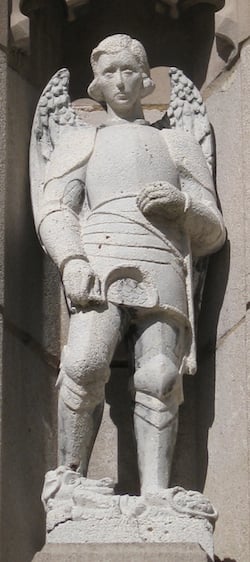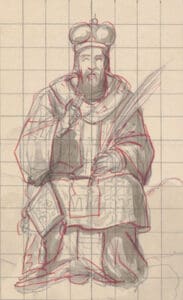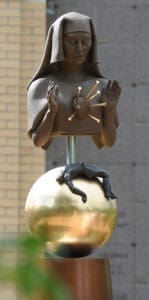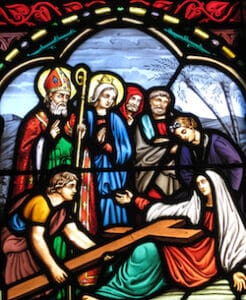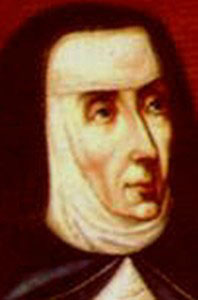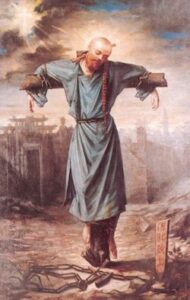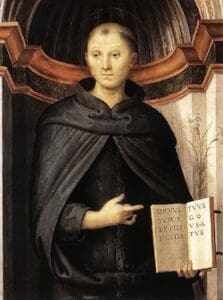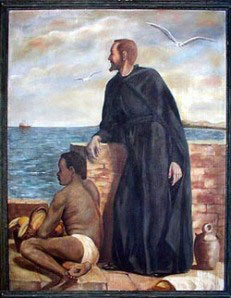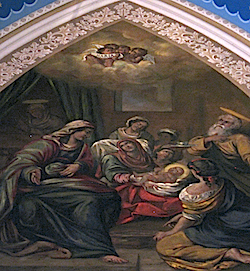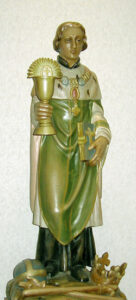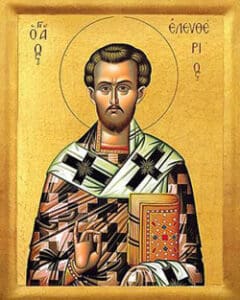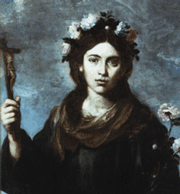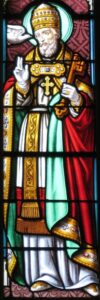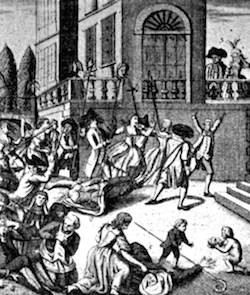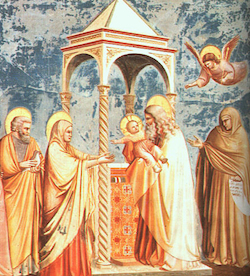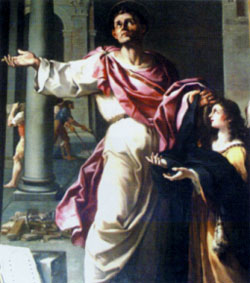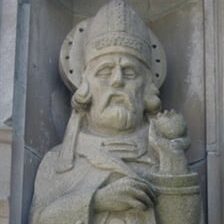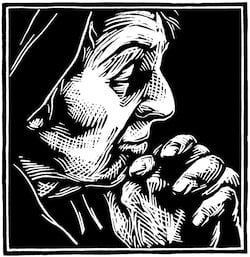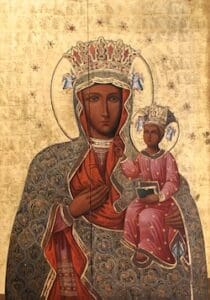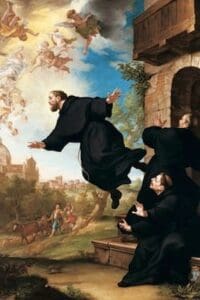

On today’s feast, the Catholic church honors three great angels—Michael, Gabriel, and Raphael—for the role they play in salvation history.
The word “angel” comes from the Hebrew word for “messenger.” As a category of spiritual being, angels are unique to the three Abrahamic religions—Christianity, Judaism, and Islam. In the Catholic theological tradition, angels are purely spiritual beings who possess intellect and will. Angels in the Hebrew and Christian scriptures appear as messengers of God and often announce new developments in God’s saving plan, and help to bring it to fulfillment. The archangels celebrated liturgically are the angels who are given names in the Hebrew Scriptures. No new angels are named in the canonical New Testament, rather the writers of Christian scriptures used the names of angels found already in Hebrew sacred texts. In Christian angelology, there are generally nine choirs of angels, although different theologians rearrange the hierarchy of the choirs slightly. The archangels are a choir within the third sphere of angels, comprised of the lowest three choirs.
In Hebrew, the name Michael means, “Who can compare to God?” Michael appears in Scripture four times—twice in the book of Daniel, once in the letter of Jude, and once in the book of Revelation leading the battle in heaven:
“Then war broke out in heaven; Michael and his angels battled against the dragon. The dragon and its angels fought back, but they did not prevail and there was no longer any place for them in heaven. The huge dragon, the ancient serpent, who is called the Devil and Satan, who deceived the whole world, was thrown down to earth, and its angels were thrown down with it.” (Rev 12:7-9)
Traditionally, Michael is understood to be the prince of the heavenly host of angels, and is invoked by Christians in spiritual fights against temptation and the devil. Michael is also the patron of soldiers, paramedics, and police officers. Saint Michael is depicted in several places on Notre Dame’s campus, but most prominently above the east door of the Basilica, as part of the memorial that honors students who fought and died in World War I. Today’s featured image is of this depiction.
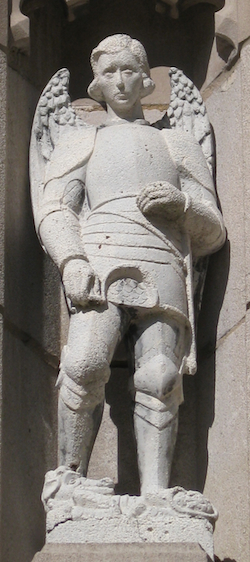
The archangel Gabriel’s name means, “God is my strength,” and this angel appears three times in Scripture as a messenger: in the book of Daniel to explain a vision, and in Luke’s Gospel, announcing the births of John the Baptist and of Jesus. In Islamic tradition, Gabriel brings the beginning of the Quran to Mohammed. Gabriel is the patron of those who deliver messages for a living, such as diplomats, broadcasters, postal workers, communications and public relations professionals. Gabriel is depicted on campus in several places, including this Basilica window that shows the Annunciation.
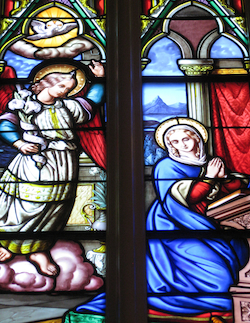

Finally, the angel Raphael’s name means, “God has healed,” and we know of Raphael from the book of Tobit, where the angel travels with the young Tobias as a healer and companion. Tradition holds that Raphael also was the angel who stirred the waters at the famous healing pool in Bethesda, outside the temple in Jerusalem. Raphael is the patron of travelers, of the sick, and of medical personnel. Raphael has also been invoked to protect young people, especially those leaving home for the first time. A figure of Raphael stands on the exterior of Notre Dame’s student medical center, St. Liam’s Hall, as shown below.
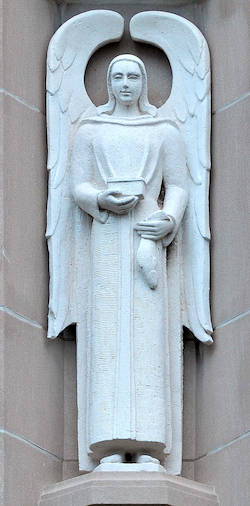

Sts. Michael, Gabriel, and Raphael, archangels of God—pray for us!
